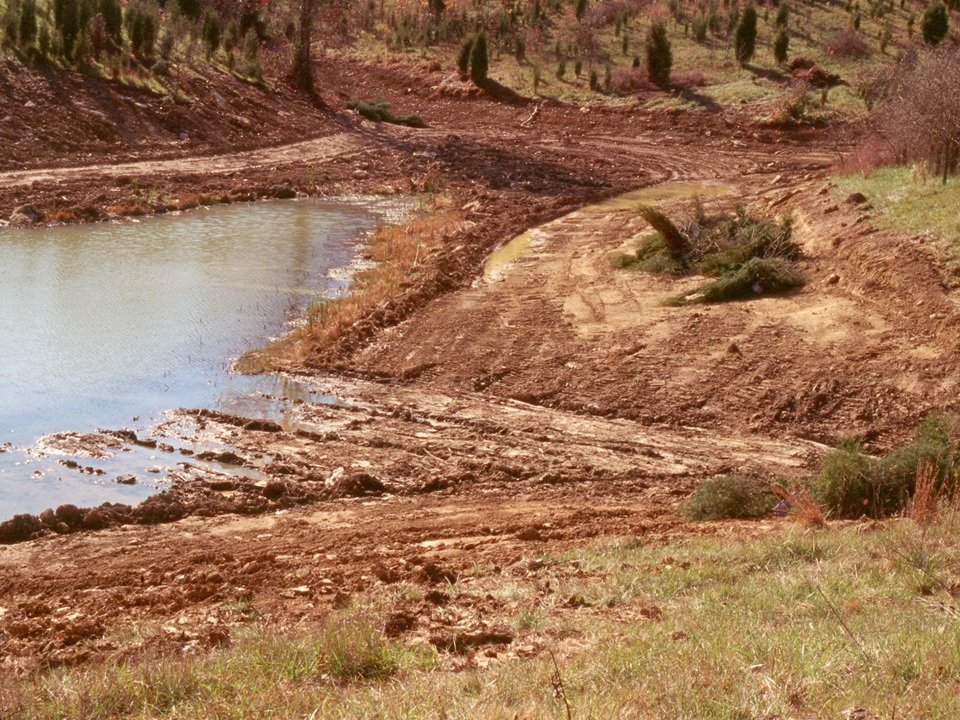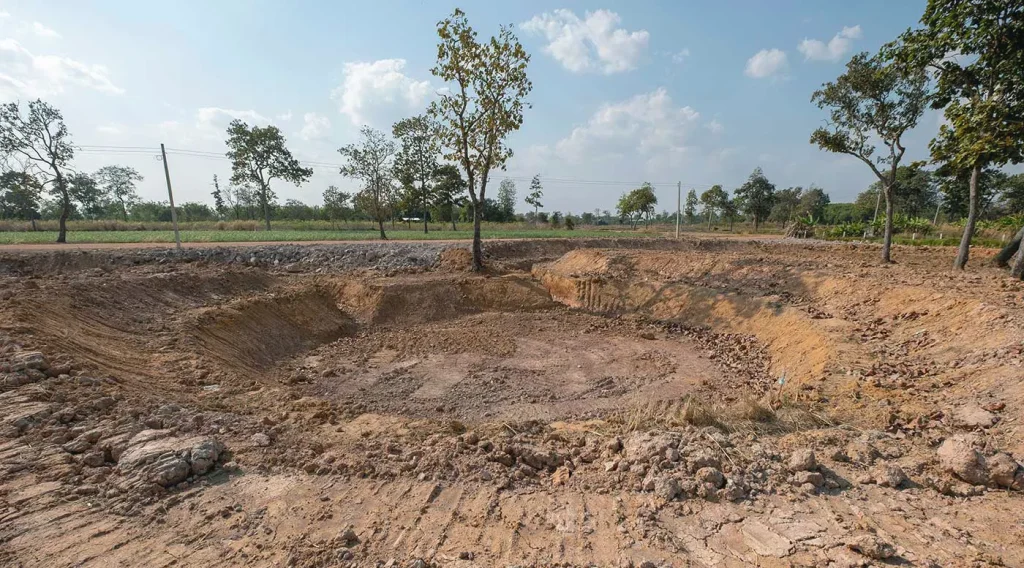Building a farm pond can be a great addition to your property, providing a reliable source of water for irrigation, livestock, and wildlife. In this guide, we will discuss the step-by-step process of constructing a farm pond.
1. Planning and Site Selection
Before starting the construction of a farm pond, it is crucial to plan and select the right site. Consider factors such as topography, soil type, and water source availability. Choose a location that is easily accessible and has a natural basin for holding water.
2. Obtaining Permits
Check with your local authorities to determine if you need any permits or approvals before building a farm pond. Ensure compliance with regulations related to water rights, environmental impact, and land use.
3. Designing the Pond
Work with a professional pond designer or engineer to create a detailed plan for the pond construction. The design should include specifications for the size, depth, and shape of the pond, as well as the type of dam and spillway needed.
4. Clearing the Site
Clear the area where the pond will be constructed by removing any trees, rocks, and vegetation. Level the site and compact the soil to ensure a stable foundation for the pond.
5. Digging the Pond
Excavate the pond basin using heavy machinery such as an excavator or backhoe. Follow the design specifications to achieve the desired depth and shape of the pond. Remove excess soil and create a smooth bottom surface.
6. Building the Dam
Construct the dam at one end of the pond using soil, clay, and rocks. Ensure that the dam is compacted and properly sealed to prevent water leakage. Install a spillway to control water flow and prevent flooding.
7. Installing a Liner
If needed, install a liner to prevent seepage and enhance the water-holding capacity of the pond. Choose a high-quality liner such as EPDM or bentonite clay and carefully install it according to the manufacturer’s instructions.
8. Seeding and Vegetation
Seed the pond banks and surrounding areas with native grasses and vegetation to prevent erosion and enhance the aesthetics of the pond. Consider planting aquatic plants in the pond to improve water quality and provide habitat for wildlife.

Credit: fw.ky.gov
9. Filling the Pond
Fill the pond with water from a natural source such as a stream or well. Monitor the water level regularly and make adjustments to the dam and spillway as needed to maintain the desired water level in the pond.
10. Maintenance and Management
Regularly inspect the pond for leaks, erosion, and sediment buildup. Implement proper maintenance practices such as removing debris, controlling vegetation growth, and managing water quality to ensure the long-term health of the pond.

Credit: 1source.basspro.com
Conclusion
Constructing a farm pond requires careful planning, design, and execution to create a sustainable water resource on your property. By following the steps outlined in this guide, you can build a functional and aesthetically pleasing pond that benefits both your agricultural operations and the environment.


